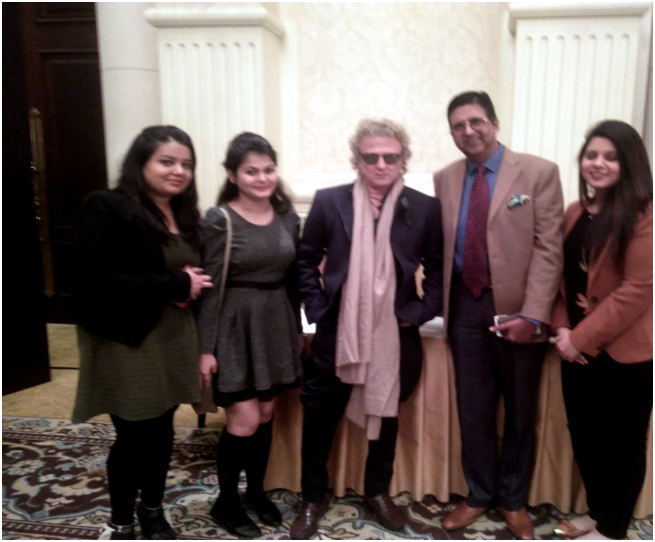India’s Luxury Industry – Growing At A Rapid Pace
Louis Vuitton, Gucci, Dior, Versace, Salvatore Ferragammo – names that arouse aspiration and a sense of achievement. And India has achieved - from its own story of luxury back in the era of the Maharajas to Louis Vuitton’s India entry in 2003 to today, over 50 luxury labels now retailing out of the Indian market through flagship stores.
Growing at a Compound Annual Growth Rate (CAGR) of 25% India’s luxury market has had quite a journey. In fact, last year has been a milestone when the industry touched a whopping $18.5 Bn from its $14.7 Bn mark in 2015.
While luxury cars, fashion and accessories, international hotel chains, real estate and luxury watches may be the biggest drivers of growth – other segments like beauty, wellness, furniture, travel and food are putting their best foot forward in order to appeal to the well-heeled and give them a world class experience.
The Need For Trained Professionals
Selling luxury is not the same as standing behind a counter and showing products to a customer. Luxury is synonymous with ‘exclusivity’ and hence, the service a brand offers when a customer walks into a luxury brand showroom has to be equally exclusive and special.
And that calls for a burgeoning need for trained professionals who are well spoken, have an understanding of the luxury industry and specialise in selling or marketing a product that comes with a hefty price tag. Customer interaction in-store needs to be personalised and the approach unique. Sales staff plays a vital role in the way a first-time customer connects with a brand both emotionally and financially.
Luxury brands will profit by “communicating quality, service and craftsmanship, creating authentic relationships, having docents, not salespeople, and with brand messages built on the aficionado’s love of details,” said Ms. Cara David - Senior Vice President, American Express Publishing while speaking at the Luxury Daily First Outlook 2014 held in New York.
According to the National Skill Development Corporation, by 2020 the Luxury Products and Services market in India will seek close to 5.6 million skilled personnel.
Clearly, there is demand but do we have the supply? The answer is a big ‘NO’. A lack of trained professionals is being perceived as a major hindrance to the growth of the industry.
Why India?
An in-depth study by research firm McKinsey shows that the overall luxury industry is showing increasing signs of growth from emerging countries with India giving China tough competition, thanks to a slowing economy in the latter. Russia and Brazil too seem to be showing no signs of revival and the same seems to hold good for South Africa.
India’s HNI and UHNI population too is growing at a rapid pace – it is estimated that by 2020, the wealth of HNIs in India will see a 94 per cent rise as opposed to China’s 74 per cent. This means more opportunities for luxury retailers in India leading to an increase in job opportunities as well.
Current Pool Of Talent
A study by Luxury Connect Business School (LCBS) shows that approximately 54 per cent of luxury brands/companies are somewhat satisfied with their employees. A big chunk i.e. close to 40 per cent is still struggling to hire trained professionals who understand the business.
In fact the study also showed that it is the younger generation who has fewer years of experience who will drive the industry in the coming years. Almost 40 per cent of the current manpower is young with 4-6 years of work experience, which means there is huge scope for those who want to start early.
Opportunity is knocking, waiting for the door of success to be opened and embraced.







